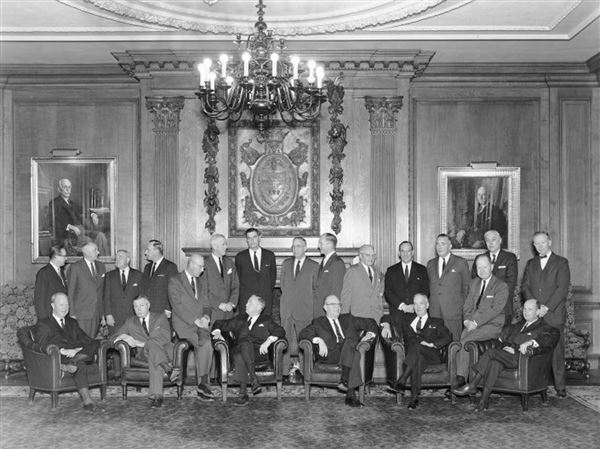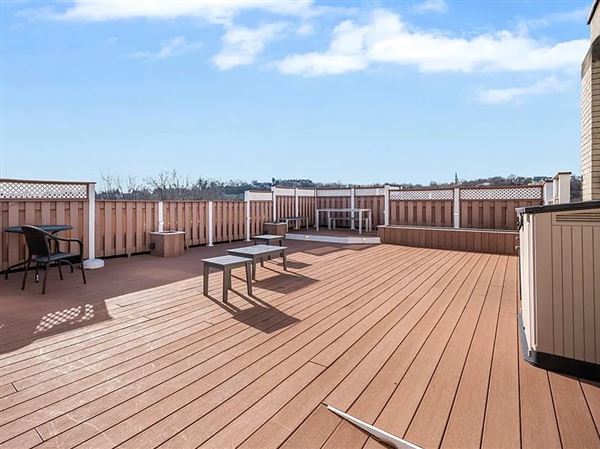Two years before he took his life, Vincent Van Gogh found himself on a hillside in southern France transfixed by the beauty of the horizon. Having spent many of his years in a state of mental anguish, the artist treasured those moments when the world seemed to whisper its secrets to him.
Van Gogh could "see" how the sunlight bathed the gnarled oak trees before him, imparting a fiery nobility to them. He painted the scene on a large canvas, using the heavy brush strokes that characterized his best work during that period.
Despite its undeniable power, "Sunset at Montmajour" was considered a failure by Van Gogh because he felt it didn't fully capture his vision of the place. Theo Van Gogh eventually took possession of the painting and catalogued it along with hundreds of others by his melancholic older brother. It was designated No. 180 in an elite club of works by the Dutch master, but it took more than a century for the canvas to get the respect it deserved.
The painting was sold to a Paris dealer in 1901 and resold in 1908 to a Norwegian art collector who was then told by experts that it was a fake. Eventually the painting ended up in an attic, where it collected dust until its owner died in 1970. That's when the current owners bought it, making what would later be seen as a smart investment.
After a two-year investigation that included pigment analysis and inspection of the under paint by using the latest technology, researchers at Amsterdam's Van Gogh Museum declared "Sunset at Montmajour" genuine.
Later this month, the painting will go on exhibit at the museum for a year. Its owner has yet to say whether it will be sold after that, but chances are good that no "experts" will be consulted this time around.
First Published: September 12, 2013, 4:00 a.m.














